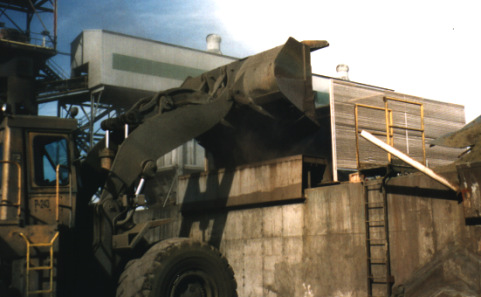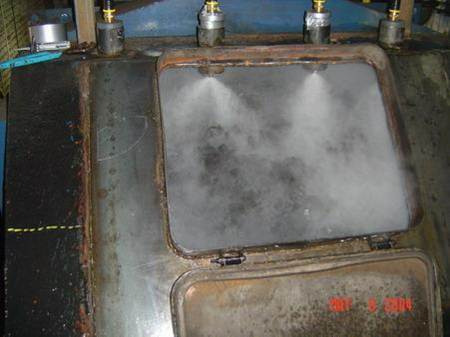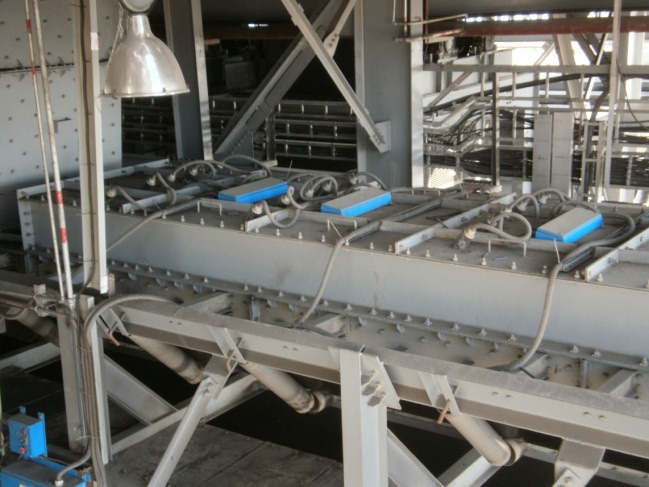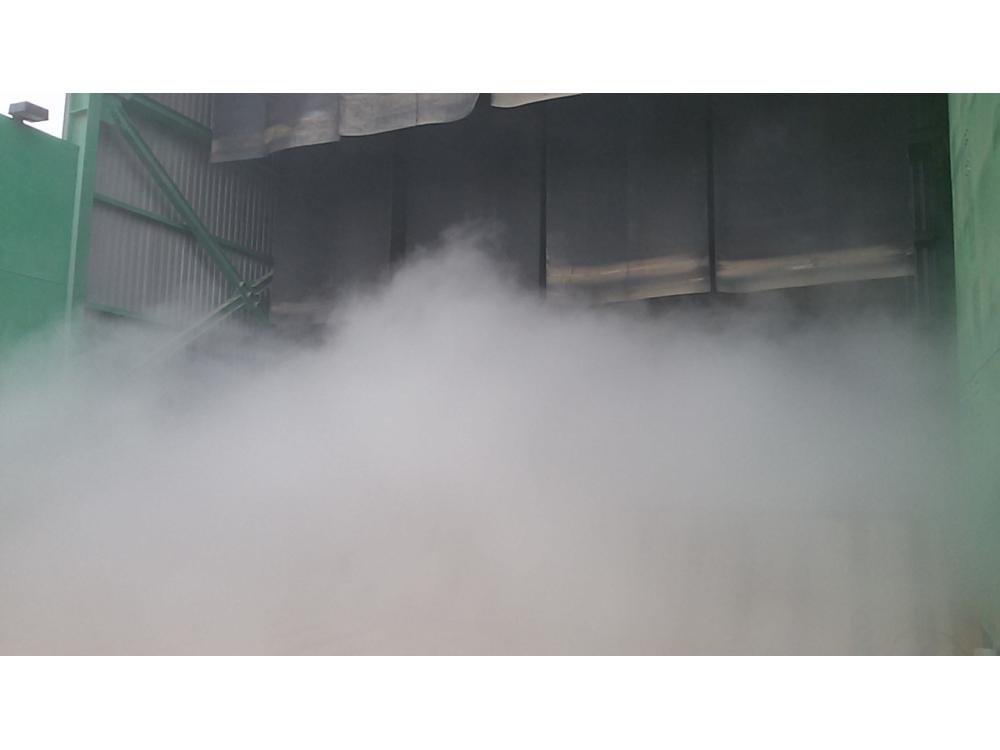ADS™ – The Real
Dry Fog
ADS™ – finally, an accomplished dust
control process for your bulk material handling plant.
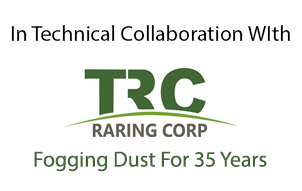
The ADS™ Dry Fog system – is a combination of Passive and Active technologies. The containment we specify or supply is, by itself, a passive dust control system.
The ADS™ System is the only dust control systems which covers fine particulates in the respirable range of PM 10 and PM 2.5 unlike Wet Dust Suppression method, and replaces the conventional Dust Extraction System across almost all applications in bulk material handling plants.
f.harley
ADS™ Dry Fog Dust Suppression
Passive + Active = No Visible Emissions
The ADS™ Dry Fog system – is a combination of Passive and Active technologies. The containment we specify or supply is, by itself, a passive dust control system. Considering engineered flow chutes, large settling volume, and stilling baffles, this passive system can be as much as 90 or 95% efficient dust control leaving only the very fine fraction of the dust for the active system to address.
The ADS™ Dry Fog system has been a time tested proven dust suppression technology, since the mid 70’s, with a remarkable capability to address fugitive emissions in the respirable range of PM 10 (and below) across all applications in bulk material handling plants, and in comparison to all other dust control options. Accordingly, it is able to effectively address the rising concerns towards Health, Safety Environment, and is therefore the natural and unanimous choice in the industry to help reduce
- raw material wastage
- dust exposure to the working personnel
- nuisance impact to the plant surroundings
Therefore, it is no wonder that the USEPA in October 2008 accorded both Passive Enclosure Containment System and Fogging Systems (Dry Fog based Dust Suppression), respectively, as Best Demonstrated Technology (BDT) for sub bituminous and lignite coals.
ADS™
Fog & Agglomeration
Dense Dry Fog
Dry Fog is defined as 0 - 30 micron water droplets.
Dry fog easily agglomerates with airborne dust due to similarity in particle size
Dry Fog creates nearly 100% humid environment in which evaporation and condensation and nucleation allows collection of sub micron particles
Fog is created through mechanical means similar to natural fog utilized to control dust in bulk handling operations. The term Dry Fog depicts the quality of fog created which is like natural fog, which does not cause wetness because the droplet sizes are too small to burst. Rather, the fog droplet size enables dust agglomeration viz. making the dust particle heavier to fall back to the parent material.
Agglomeration explained

ADS™
ADS™ Dry Fog Nozzles
air driven acoustic oscillator nozzles / dual fluid sonic nozzles
Dry fog is generated only through dual fluid sonic nozzles, generically known as the air driven acoustic oscillator nozzle, which is the heart of the Dry Fog Dust Suppression System. These nozzles have been in use since the early 70’s, and have been a proven design for Dust Suppression application across almost all bulk material applications.
Developed in the 70's through tests conducted by industry and institutions across USA and Sweden
Was first introduced in the market for dust control purpose by Sonic Environmental (USA)
The term 'dry fog' originally emerges from this nozzle design.
The dry fog nozzle was further improvised upon and made most energy efficient by The Raring Corporation (USA)
Dry fog nozzles do not require RO water.

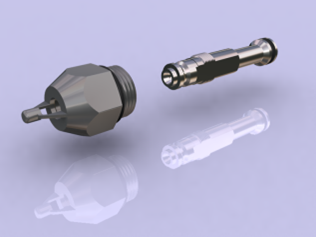
ADS™
ADS™ Fog Versatality
To Stand up to Dusty Displaced Air Across All BMH Applications !
The ADS Dry Fog System has the capability to generate fog which is both aggressive as well as a soft billowing one to suit the respective application. However, at no point of time does the generated fog impinge positive pressure upon the dust. The decision to have the fog being aggressive or soft depends on the displaced air velocity generated, and the subsequent rate of dust generation, to which the answer lies in the nature of fog required i.e. aggressive or soft, along with the rate of fog generation to overcome the dust nuisance.
The ADS Fog characteristics
- Versatile Fog – energetic / soft billowing depending on the application
- Fog with a ‘spine’ – does not blown away by displaced air
- Holds back the displaced air – knocks down dust at source
- Generates more fog than the dust generated
Soft Billowing Fog

Energetic Fog
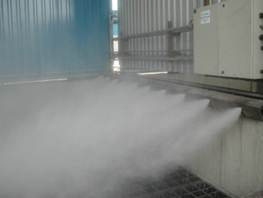
ADS™
ADS™ System – Most Maintenance Friendly’
The ADS System Speciality – more than making ‘ dry fog ‘ alone
The ADSTM System, is one such comprehensive system which has pioneered the upgrade, and successfully scored over the conventional ‘ dry fog ‘ systems through incorporations made, from an understanding of practical field issues.
The ADS System is indeed a philosophy by itself in ‘dry fog‘ dust suppression and making it the most Maintenance Friendly Dust Control System for the unique reasons given below :
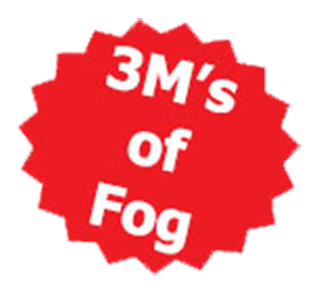
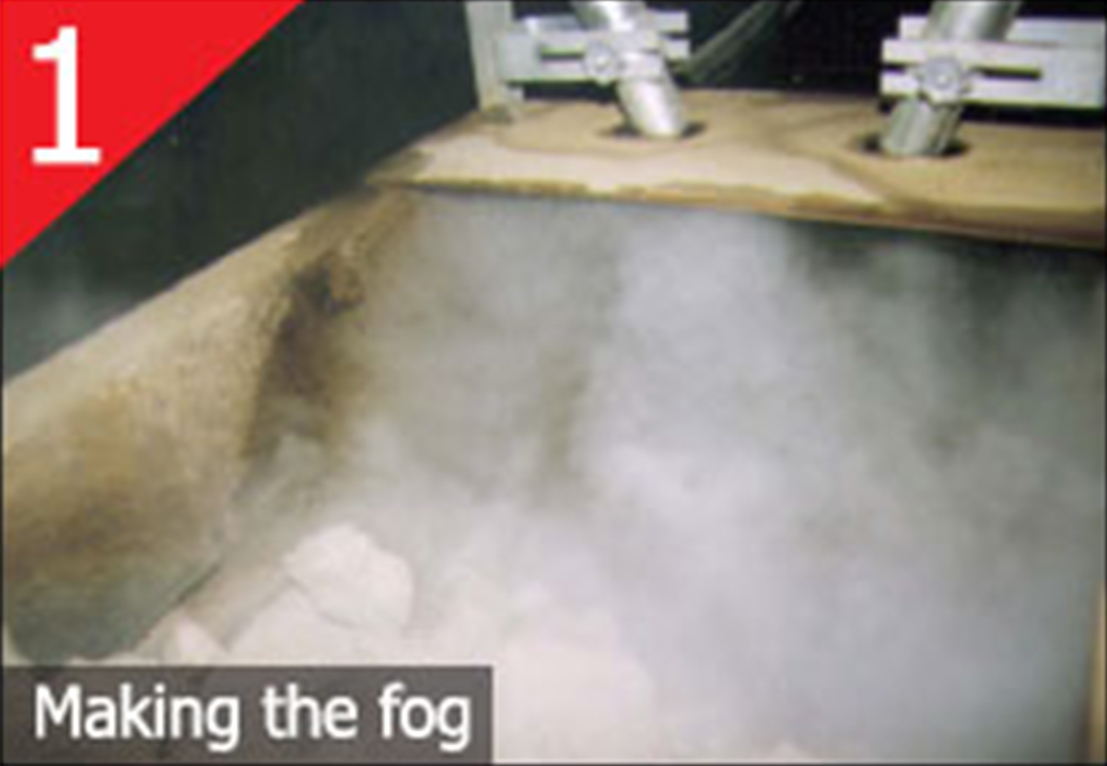
Through sonic nozzles with integrated acoustic oscillator, consistently
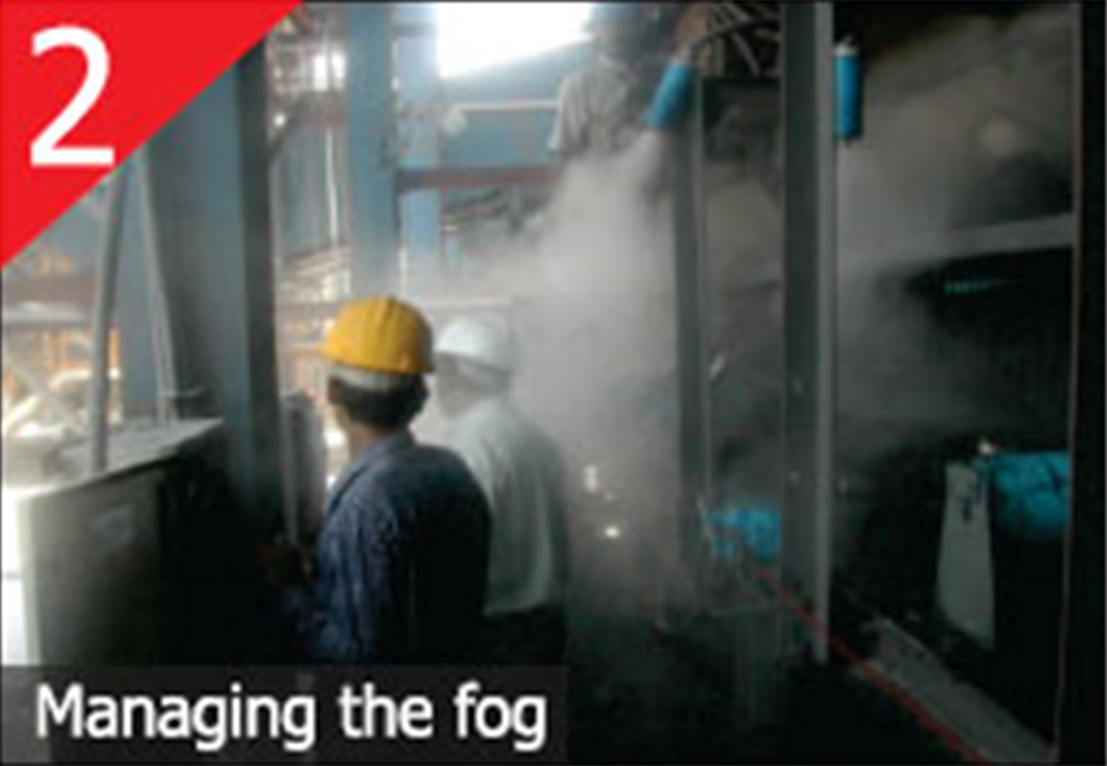
Adjust air / water settings and/or individual nozzle shut off
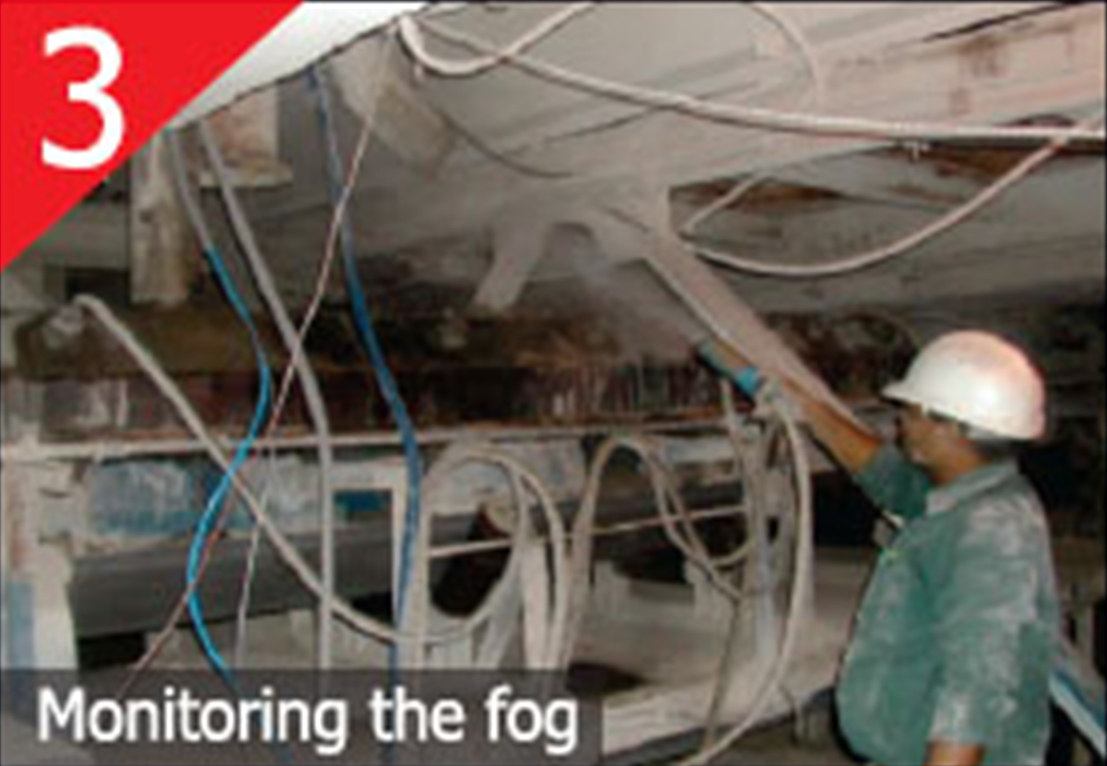
Easily allows the operator to check the fog in the daily walk-by-the-system
Provide Containment
The most important feature of a dry fog system is the way that it contains the fog and dust to create a controlled micro-environment. A dry fog system is an in situ fine particulate scrubber.
Create and Project Fog
Fog is a dense cloud of 0-30 micron water droplets. There must be enough fog to scrub the dust (scrubbing ratio) and the spray must have adequate kinetic energy to penetrate the air flow.
Retention Time
It takes time for the fog
and dust to agglomerate. There must be enough volume within the containment to provide the necessary time
for the point-specific application.
Collection Surface
Providing collection surface and turbulence within the containment reduces the retention time required.
ADS™
Dust Containment – a necessity to make the fog work
It is often thought that installation of fog nozzles alone can achieve effective dust control. Not so. Enclosures and arrangements are required to contain both the dust and the fog to enable effective agglomeration which are inherently expected to be in place which would adequately contain the air move movement caused within the material handling system / process to avoid handling and processing losses. This aspect hugely affects the effectiveness of dust control as it provides the retention time requiered for the dust and fog to agglomerate without which dust control cannot not be effective.
But, based on practical experience and observation it is often seen that the prime reason for dust nuisance is the inadequacy of proper containment arrangements either inherently or in the process of repairs and maintenance. This results in the compromise of effective dust control and a direct loss of material wastage.
These could be avoided or set right as per the visuals.
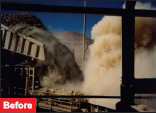
Multiple Side Tippling.

Multiple Side Tippling.

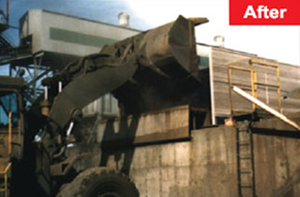
Containment in a Payloader
Application.
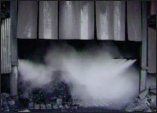
Dump Hopper Application.

Dump Hopper Application.

